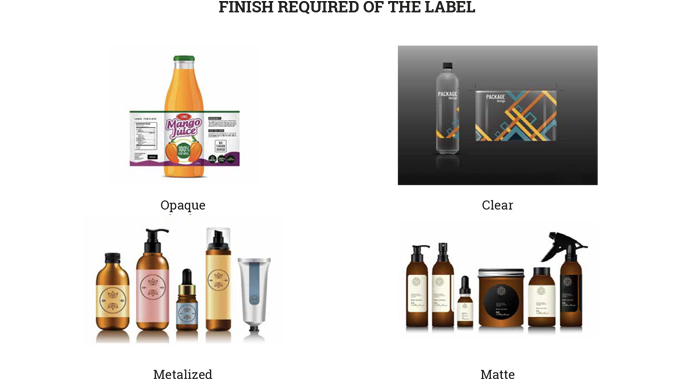★You are viewing this content as a subscriber
★Subscribers only
Identification and characteristics of PSA label materials
Identifying the characteristics of self-adhesive materials is an essential if we are to fully understand their uses and applications
Identifying the characteristics of self-adhesive materials is an essential if we are to fully understand their uses and applications. Identification is also closely linked to handling of samples and printability testing.
Labelstock material, as we have seen, consists of a pressure-sensitive material which immediately creates a bond with the substrate with the application of a slight pressure.
Stay up to date
Subscribe to the free Label News newsletter and receive the latest content every week. We'll never share your email address.

